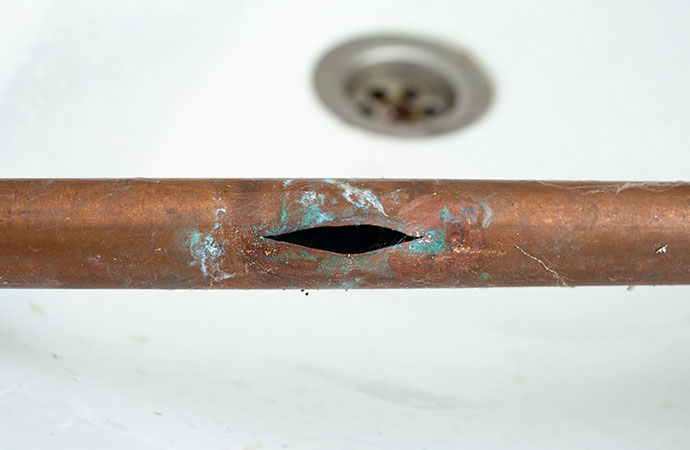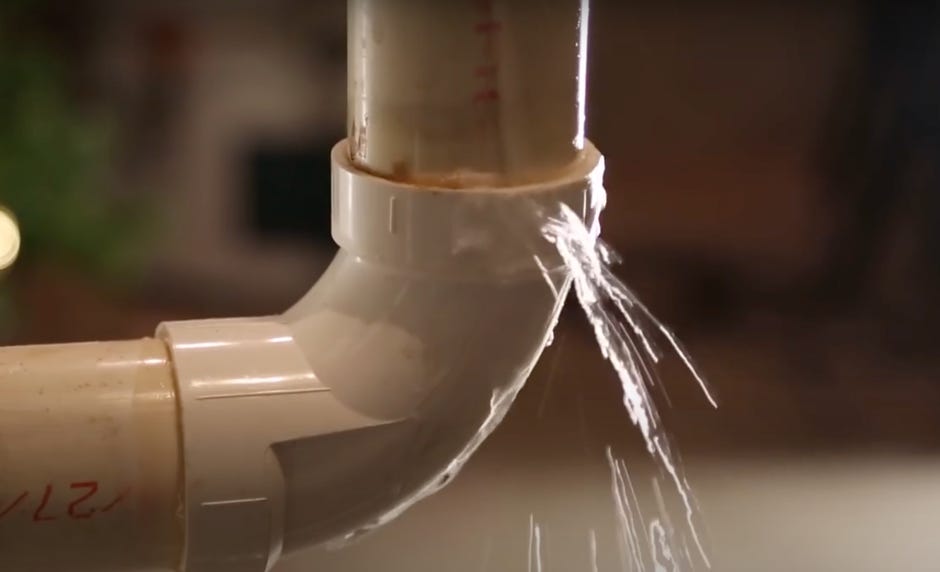The content down below relating to What to Know Before Installing a Dishwasher is especially enlightening. Give it a go and draw your own personal final thoughts.

A ruptured pipeline is a major emergency; you can just stand as you watch water you pay very much to rejoin with the earth. In even worse cases, you discover a swimming pool on your kitchen floor, which is a wonderful trip danger, especially if you have kids around. If the pipeline that ruptured was in your walls, trouble: you may require to paint that entire section.
Exactly how can a tragedy like a ruptured pipe be avoided and also taken care of? Well, by listening to your professional emergency plumbings as well as following these policies.
How do I know when my pipes have burst?
Changing water stress
Pipelines do not simply burst in a day. You may have discovered that your kitchen area faucet or shower doesn't run right away when you transform the tap. It might stop for a few seconds and then blast you with more force than usual.
In other instances, the water may appear regular in the beginning, after that decrease in stress after a couple of secs.
Damp wall surfaces and also water stains
Before a pipeline ruptureds, it will certainly leakage, a lot of times. If this relentless dripping goes undetected, the leakage may graduate into a broad laceration in your pipe. One simple means to prevent this emergency is to keep an eye out for damp wall surfaces ad water spots. These water spots will lead you right to the leakage.
Puddles under pipelines as well as sinks
When a pipeline bursts, the outflow develops a puddle. It may appear that the puddle is growing in dimension, and also despite the number of times you mop the puddle, in a couple of mins, there's an additional one waiting to be cleaned up. Typically, you may not be able to trace the pool to any kind of visible pipelines. This is an indicator to call a specialist plumber.
Untraceable leaking noises
Pipe bursts can happen in one of the most undesirable locations, like within concrete, inside walls, or under sinks. When the house goes silent, you might be able to hear an irritatingly consistent dripping noise. Even after you have actually inspected your shower head as well as kitchen faucet, the trickling might proceed.
Precious reader, the dripping might be coming from a pipeline inside your wall surfaces. There isn't much you can do regarding that, except inform a professional plumber.
Turn off the Water
When water freezes, it increases in volume by concerning 9 percent. As well as it expands with incredible force: The pressure inside pipelines may go from 40 pounds per square inch to 40,000 psi! No pipeline can hold that much pressure, so it breaks open. The break might happen where the ice kinds, yet more often, it occurs where water stress discovers a weak point in the pipeline. That may be inches or perhaps feet from the frozen area. Locate the water shutoff valve as well as switch off the water to avoid even more damage. You could likewise need to turn off the electrical power too, depending upon where the leakages occurs and also exactly how large it is.
Contaminated water
Many individuals assume a ruptured pipe is a one-way electrical outlet. Quite the contrary. As water drains of the hole or gouge in your plumbing system, pollutants find their method.
Your water may be polluted from the source, so if you can, examine if your water storage tank has any kind of troubles. Nevertheless, if your alcohol consumption water is supplied and also purified by the local government, you should call your plumber promptly if you see or smell anything amusing in your water.
What do I do when I spot a burst pipeline?
Your water meter will continue to run also while your water wastes. To minimize your losses, discover the main controls and also turn the supply off. The water pipe are an above-ground framework at the edge of your residential property.
How to Fix & Detect a Leaking Pipe
How Do I Know if a Pipe is Leaking?
Leak detection tests can help you determine if your pipe has a leak. Even if you don’t see an apparent leak, you should still conduct leak detection tests regularly to save water and money—and prevent major damage to your home.
Water meter. It can be helpful to figure out what your usual water meter usage numbers are and then monitor them regularly. To monitor your meter, first, turn off all water faucets in your home. Check the meter and write down the numbers. In a few hours, check the meter again. If the numbers have changed, you have a leak. Water gauge. Use a water gauge to test your water pressure. Your showerhead should produce a certain amount of water pressure based on its model and design. If the pressure is lower than it is supposed to be for that specific showerhead, your home likely has a leak. Puddles. Look inside your bathroom, laundry, and kitchen sink cabinets. Puddles around the cabinets or around toilets, tubs, showers, and washing machines indicate the presence of a leaking pipe. You may also notice loose tiles, peeling or flaking paint, or mold caused by water accumulation. Napkin test. Even if you don’t see any puddles, you may still have a leak. You can test for water leaks in the bathroom, laundry, and kitchen by wiping below-sink connections with a napkin, paper towel, or piece of toilet paper. If it becomes damp, you probably have a leaking pipe under the sink. Discolored walls. Walls that are discolored—usually with brown or yellow stains—or bulging might mean that they have been impacted by water damage caused by a leaking pipe. Smell. A leaky pipe will create sitting water, and over time, that water may develop a musty smell. If your home smells musty, but you can’t locate the source, it may be due to a leak. Steps for Fixing a Leaking Pipe
A leaky drain can be remedied by tightening the pipe base, replacing the drain seal, caulking the rim, and tightening the pipe nut. Similarly, a leaking toilet pipe can be treated by tightening the packing nut. You may also need to replace the valve. A leaky faucet may just need tightening or replacement of the washers. If that doesn’t work, consider replacing your faucet. If your pipe has a hole in it, you may want to use a pipe leak sealer or pipe leak tape. This quick fix for water pipe leaks can also temporarily fix a copper pipe leak. https://www.ahs.com/home-matters/quick-tips/how-to-tell-if-pipes-are-leaking/

I'm certainly very fascinated with How to Prepare for Your Dishwasher Installation and I'm hoping you enjoyed reading my page. Feel free to take the time to share this blog if you enjoyed reading it. Thanks for your time invested reading it.
Phone